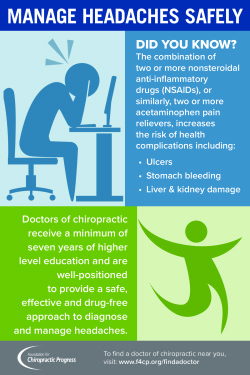The Connection In Between Pose And Neck And Back Pain: Techniques For Preserving Appropriate Positioning During The Day
The Connection In Between Pose And Neck And Back Pain: Techniques For Preserving Appropriate Positioning During The Day
Blog Article
Write-Up Created By-Salisbury McIntyre
Maintaining proper stance isn't almost staying up directly; it has to do with straightening your body in a way that supports your spinal column and decreases the danger of pain in the back. The means you sit, stand, and move throughout the day can substantially influence your spine health. Yet how precisely can you ensure good alignment constantly, also throughout active days full of numerous activities? Allow's dive deeper into the subtle yet impactful modifications you can make to your everyday routine to keep your back satisfied and healthy and balanced.
Relevance of Correct Pose
Proper position is crucial in maintaining a healthy and balanced back and avoiding discomfort. When you sit or stand with good stance, your spinal column remains in placement, lowering strain on your muscles, ligaments, and joints. This alignment allows the body to distribute weight evenly, protecting against extreme anxiety on specific locations that can bring about discomfort and discomfort. By keeping your spinal column effectively aligned, you can additionally enhance your breathing and food digestion, as slouching can press body organs and limit their functionality.
Furthermore, maintaining excellent position can improve your overall appearance and self-esteem. When chiropractor stand tall with your shoulders back and head held high, you radiate confidence and show up even more approachable. Good position can also make you really feel extra invigorated and sharp, as it promotes appropriate blood flow and enables your muscles to function efficiently.
Including appropriate position into your everyday routine, whether sitting at a workdesk, walking, or working out, is necessary for stopping pain in the back and promoting overall wellness. Bear in mind, a tiny adjustment in just how you hold on your own can make a substantial difference in how you feel and function throughout the day.
Common Postural Mistakes
When it comes to maintaining good stance, numerous people unconsciously make usual errors that can add to pain in the back and discomfort. visit the next website page of one of the most prevalent mistakes is slouching or hunching over while sitting or standing. This placement places too much pressure on the spine and can cause muscle inequalities and pain over time.
One more common mistake is overarching the lower back, which can squash the all-natural contour of the spinal column and create discomfort. Additionally, crossing legs while sitting may feel comfortable, but it can create a discrepancy in the hips and hips, causing postural issues.
Utilizing a cushion that's as well soft or also solid while sleeping can additionally impact your positioning and add to back pain. Lastly, regularly craning your neck to consider displays or readjusting your placement regularly can strain the neck and shoulders. Being mindful of these usual postural mistakes can help you keep better alignment and reduce the danger of pain in the back.
Tips for Correcting Placement
To improve your alignment and lower back pain, it's important to focus on making small changes throughout your day-to-day regimen. Start by bearing in mind your stance. When resting, guarantee your feet are flat on the flooring, your back is straight, and your shoulders are unwinded. Stay https://www.scmp.com/magazines/style/well-being/article/3045027/chiropractic-zentherapy-craniosacral-treatments-what-are of slouching or leaning to one side. Usage ergonomic chairs or paddings to support your reduced back.
When standing, disperse your weight equally on both feet, maintain your knees slightly bent, and embed your pelvis. Involve your core muscles to sustain your spine. Take breaks to stretch and walk if you have an inactive task. Incorporate workouts that strengthen your core and back muscular tissues, such as slabs or bridges.
While sleeping, utilize a pillow that sustains the all-natural contour of your neck to preserve correct back positioning. Avoid sleeping on your belly, as it can strain your neck and back. By bearing in mind these pointers and making small modifications, you can gradually correct your alignment and minimize back pain.
Conclusion
Remember, maintaining great pose is crucial to avoid back pain and advertising spinal wellness. By bearing in mind your alignment, distributing weight equally, and engaging your core muscle mass, you can lower strain on your back and decrease the threat of discomfort and injury. Incorporate ergonomic assistance, take normal breaks to stretch, and strengthen your core and back muscle mass to preserve correct placement throughout the day. Your back will thank you for it!
